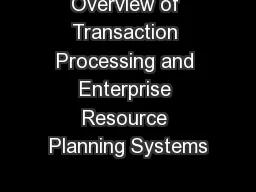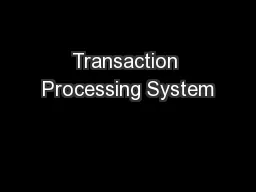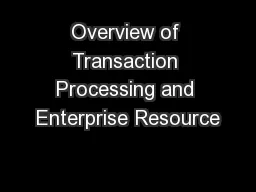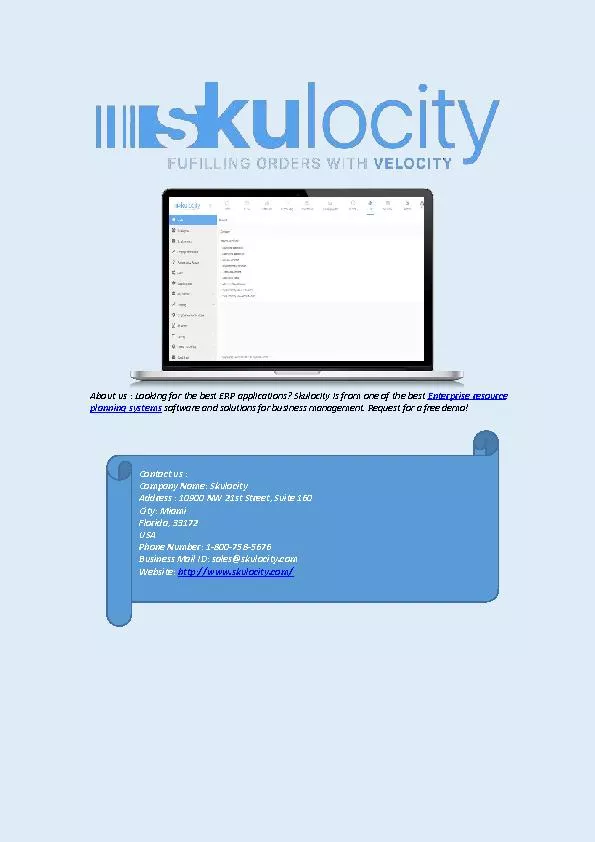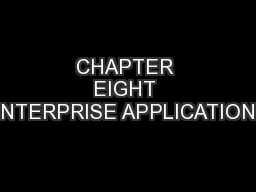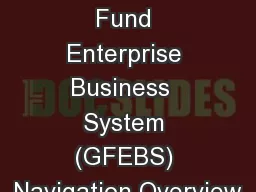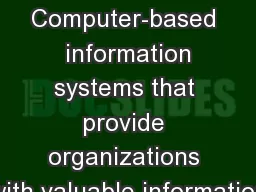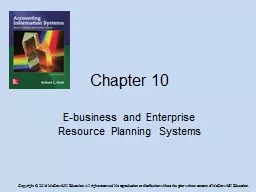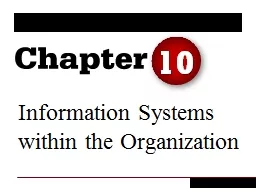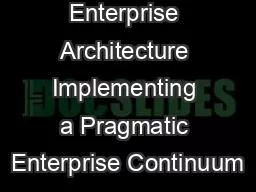PPT-Overview of Transaction Processing and Enterprise Resource Planning Systems
Author : aaron | Published Date : 2019-02-03
Chapter 2 2 1 Learning Objectives Describe the four parts of the data processing cycle and the major activities in each Describe the ways information is stored
Presentation Embed Code
Download Presentation
Download Presentation The PPT/PDF document "Overview of Transaction Processing and E..." is the property of its rightful owner. Permission is granted to download and print the materials on this website for personal, non-commercial use only, and to display it on your personal computer provided you do not modify the materials and that you retain all copyright notices contained in the materials. By downloading content from our website, you accept the terms of this agreement.
Overview of Transaction Processing and Enterprise Resource Planning Systems: Transcript
Download Rules Of Document
"Overview of Transaction Processing and Enterprise Resource Planning Systems"The content belongs to its owner. You may download and print it for personal use, without modification, and keep all copyright notices. By downloading, you agree to these terms.
Related Documents

